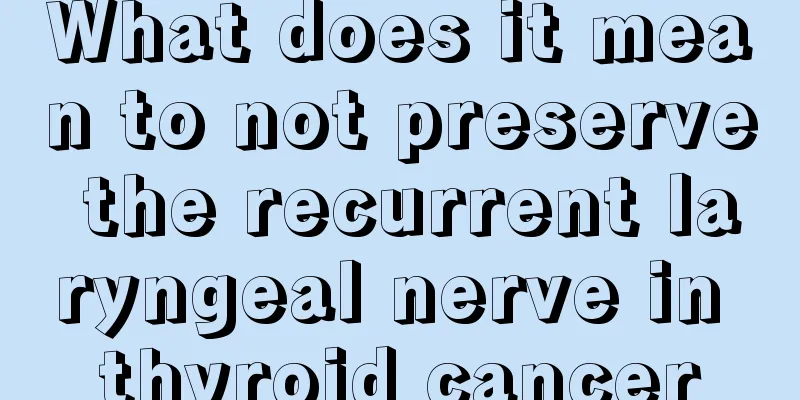The process of waking up a patient in a shallow coma

|
Light coma is a type of coma with relatively mild symptoms. For patients in a light coma, as long as certain nursing care is done and treatment is persisted, the patient will wake up. However, there are still many things that need attention when treating and caring for patients in a shallow coma. Below we will introduce in detail the causes, clinical manifestations and treatment principles of shallow coma. 1. Causes and common diseases Shallow coma is seen in various febrile diseases, poisoning, etc. When it develops to a certain extent, delirium tremens and coma will occur. Febrile diseases that are related to the brain include encephalitis, meningitis, rabies, etc.; pneumonia and typhoid fever that cause unconsciousness due to high fever; tetanus that causes unconsciousness after convulsions, etc. Poisoning, severe diabetes, severe liver disease, uremia with renal insufficiency, severe emphysema and pulmonary fibrosis, etc., which cause accumulation of metabolic products in the body and lead to unconsciousness. Poisoning by alcohol, carbon monoxide, hypnotic drugs, and the recent photochemical smog are also causes of confusion. Confusion caused immediately after trauma, but loss of consciousness caused by subdural hematoma after several days or weeks, is easy to misdiagnose, so special attention should be paid. Children suffering from acetonemia with diarrhea and vomiting and toxic bacillary dysentery may develop confusion. 2. Clinical manifestations Light coma means that there is a response to strong stimulation, but there may be less unconscious activity, and abdominal wall radiation disappears, but corneal radiation, light reflex, cough reflex, swallowing reflex, and tendon reflex exist. Inhibition is at the cortical level. 3. Treatment principles Mainly treat the primary disease and prevent it from developing into a deep coma. When a person who is suspected to be unconscious suddenly appears around you, the easiest way is to touch his/her cornea lightly with a cotton wick. A normal person or a person in a light coma will blink, but a person in a deep coma will have no reaction. When a coma is confirmed, the person should be escorted to the hospital for emergency treatment as soon as possible. When escorting the person to the hospital, pay attention to the following points: 1. Make the unconscious person lie flat with his head tilted to one side to keep the airway open. 2. If the unconscious person has removable dentures, they should be removed immediately to prevent them from accidentally entering the trachea. 3. Make sure to keep the unconscious person warm to prevent him from catching cold. 4. Closely observe changes in the patient's condition and frequently call the unconscious person to understand his or her state of consciousness. For the restless injured, strengthen protection to prevent accidental injuries. 5. For those who have been injured, provide relevant first aid measures. |
<<: Is it normal not to catch a cold for a year?
Recommend
Postoperative care for total laryngectomy of laryngeal cancer
After total laryngectomy, patients need to wear a...
Is repeated skin allergy a sign of skin cancer?
Skin cancer is rare in my country and mostly occu...
What are the dangers of bone marrow extraction in children
Bone marrow extraction in children, also known as...
What causes cold knees?
Whenever the weather gets a little colder, many p...
How to prevent lung cancer effectively by staying away from the five qi
The main cause of lung cancer is smoking. Smoking...
Is prostate cancer easier to treat than other cancers?
Prostate cancer is generally more treatable than ...
My heart keeps beating fast after catching a cold
It would be fine if a person only had a cough and...
Where to start preventing liver cancer? You should eat more of these to stay away from liver cancer
As our quality of life improves, our dietary stru...
What are the functions and effects of ivory
Many people know about ivory and may have seen it...
How to treat bad breath caused by frequent mouth inflammation
In life, our mouths may get inflamed due to some ...
There's something fishy about a woman's smooth, hairless vagina
Traditional Chinese medicine believes that feet a...
What can lung cancer patients eat? Pay attention to these points to prevent lung cancer
The full name of lung cancer is bronchial lung ca...
What are the advantages and disadvantages of titanium alloy porcelain teeth?
Judging from the material of the teeth, titanium ...
Three epidemiological characteristics of rectal cancer
Rectal cancer refers to a tumor that occurs betwe...
What are the incidence and mortality rates of prostate cancer
What are the incidence and mortality rates of pro...









